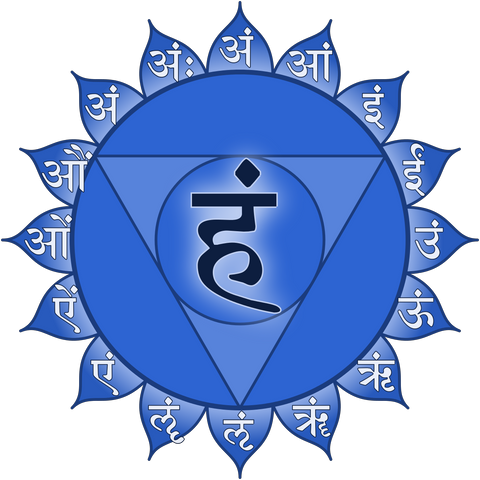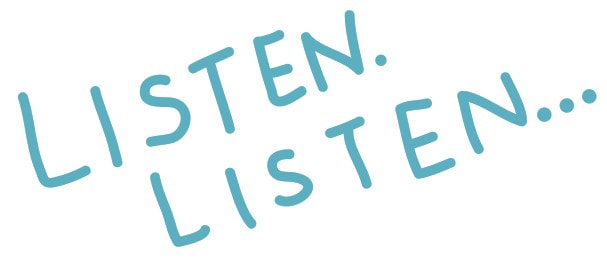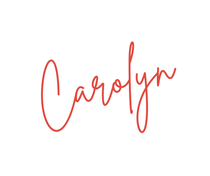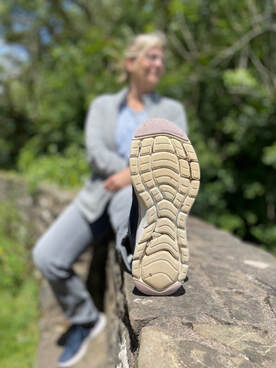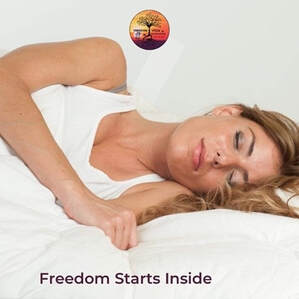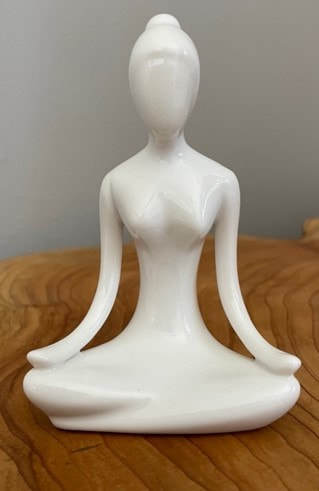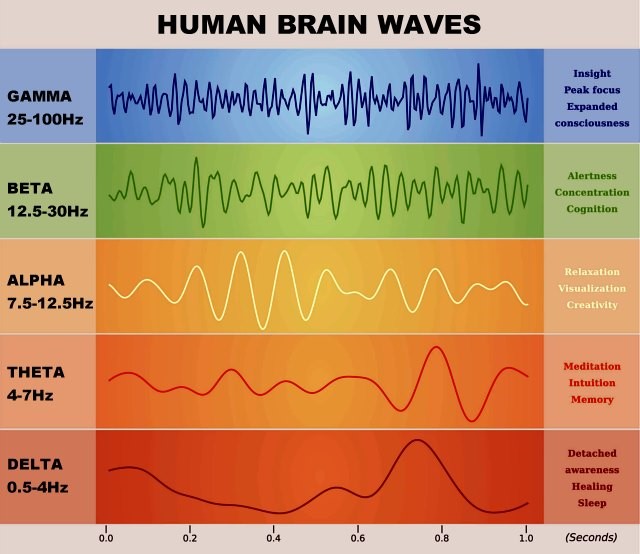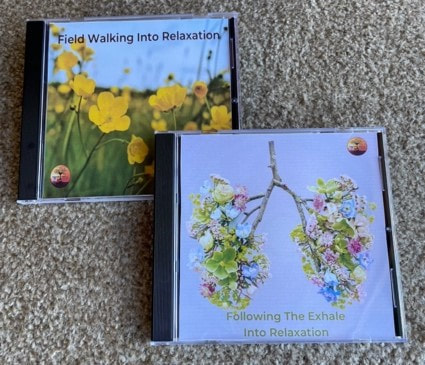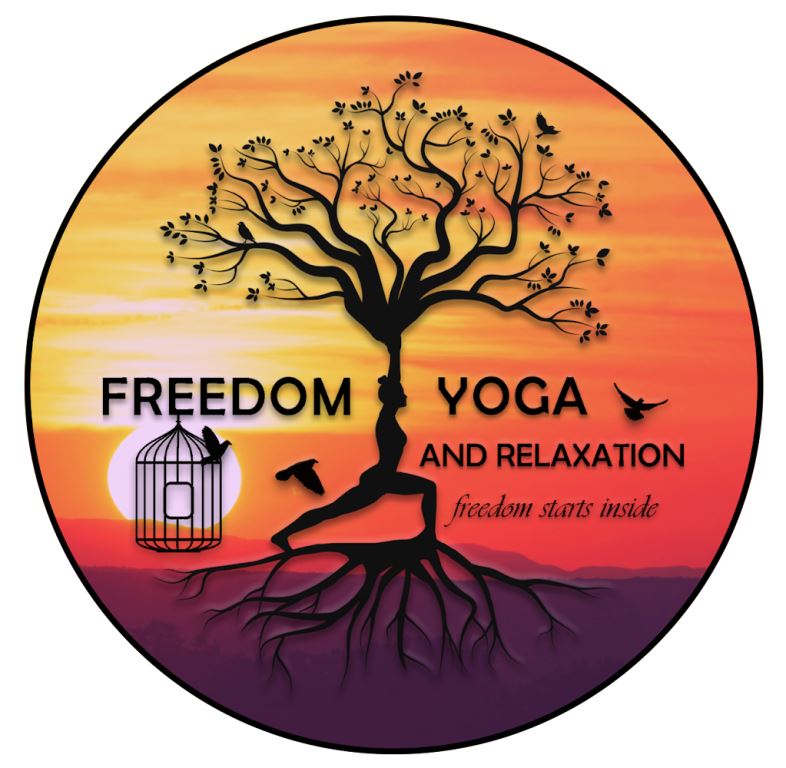|
CHAKRAS - ENERGY CENTRES
CHAKRAS
If we are unable to make ourselves heard or understood, we can shut down, give up, “become small”, feel depressed, shy. If we struggle to speak up, defend our opinions, make choices join in conversations, we may benefit from some work on our throat chakra area. Do you experience times when you struggle to find the words to explain something. Conversely, if we talk too much, have a tendency to interrupt, dominate conversations, speak uncompassionately or feel the need to have the last word, we may need to sooth the throat chakra area. Do you use the term “spit it out” when impatient to hear what somebody is trying, with difficulty to tell you. This energy centre covers the area around the neck, jaw, mouth, lips and into the shoulders. Our communication centre – relating not only to voice and hearing but other forms of communication too eg body language, expression, truth, lies, secrets, clarity of communication, listening skills, creativity, shyness, jaw tension, neck tension, shoulder tension, fear of speaking, comprehension and much more. There are believed to be links between the throat chakra energy imbalance and ear problems, gum problems, hoarseness, jaw discomfort, mouth and tongue soreness, Sinus problems and thyroid issues.
The human body resonates with the vibrations created by it and responds to vibrations that surround it. Each body is thought to have its own natural vibratory pattern. Emotions respond to vibration. When we clench muscles, a fine ripple of vibration passes throughout the rest of the body. Clench those muscles tighter and the vibration increases to perhaps a pulsing. Emotional tension does the same, the building up may be noticed but the more we learn or attune to our emotion and the more subtle changes in the body, the more likely we are to respond to the early signs. Resist or shut down those emotions and that energy or vibration has nowhere to go. Allow that emotion and the energy or vibration can take its natural path.
What messages to we give ourselves? How do we talk to ourselves? Often, we are very hard on ourselves, impatient, self-critical and self-depreciating. I certainly am but mostly, I don’t even notice until it’s pointed out to me – it has become such a habit. (I am working on this) I am sure, if we spoke to ourselves as we do to our friends, we would all be much kinder to ourselves! If you would like to explore this further with me, do get in touch via email. To download this post as a PDF for offline reading please click here.
0 Comments
Are you a vacuum cleaner or a car?I believe, I (my soul or self) currently occupy my body, as a vehicle. This complex and amazing collection of cells and energy. The average adult human body is a complex machine, having many systems, structures, functions……… I could spew out a long list but this isn’t a biology lesson (but may seem like a neurology lesson later in this blog). I hope my body will carry me through a long, happy, pain-free, healthy life. My vacuum cleaner is also a complex machine. I hope it will serve me well for many years. If, however, I continuously use my vacuum cleaner, without emptying the dust container, cleaning filters and clearing the brushes, it stops working efficiently and makes strange noises. If I ignore the inefficiency and strange sounds, the motor starts to give signs of burn out – heat and smells. If I continue. Bang! My vacuum cleaner needs repair with expensive replacement parts. My vacuum cleaner cannot run 24 hours continuously without risking damage. It needs to cool down.
So why, oh why, do so many of us not look after ourselves in the same way we look after the machines we use to make our lives easier? Our body needs the right fuel and fluids to ensure it functions well. The body also needs recharging and rest. Our body needs to ”come off the road” to allow this to happen. Just like our machines, we cannot push our body beyond its safe working limits. We should not ignore warning signs. Okay – our bodies aren’t fitted with orange lights, instead we can use our senses and feedback systems. Pain, skin clarity and tone, rashes, digestive and excretory systems, the breath, energy levels, fatigue and many more indicators for health status. Our body thrives best in balance. Look at the shape of the body and its symmetry. Our blood pressure can be measured. We function best when it’s in “normal range”. When high, we are at risk, when low there is risk. We work best when our red blood cells, blood sugars and cholesterol are running within “normal, recommended range”. We need a balanced diet etc. We also need a balance between activity and rest.
A balanced yoga class offers a mix of activity and rest. A balance between strength and flexibility work. A balance between movement and stillness. A drawing together of body, breath and mind to create balance. I aim to weave periods of stillness into classes allowing inward focus, so that participants receive the opportunity to notice our equivalent of the orange warning lights. If we are not used to tuning in to our body and responding. If we subscribe to the theory of “no pain no gain”, take on the “super parent challenge” or try to be “all things to all people”, we are not looking after our body/ourselves.
Research is now supporting what ancient yogic science has always claimed. Yoga affects the brain/ it can change the brain - even structurally. These changes can alter perception of pain as well as affecting anxiety/depression, mental focus, emotion, performance. Brain waves and electrical activity changes affect blood flow and activity in the amygdala, frontal lobe, grey matter and hippocampus. BrainwavesBrainwaves are electrical impulses. As groups of neurons fire together, they create brain waves. Neuron groups have different patterns and fire at different speeds/frequencies. Brainwaves occur at different frequencies. Delta brainwaves are slow, loud brainwaves (low frequency and deeply penetrating, like a drumbeat). They are generated in deepest meditation and dreamless sleep. Delta waves suspend external awareness and are the source of empathy. Healing and regeneration are stimulated in this state, and that is why deep restorative sleep is so essential to the healing process. Www.brainworksneurotherapy.com Theta brainwaves occur most often in sleep but are also dominant in deep meditation. Theta is our gateway to learning, memory, and intuition. In theta, our senses are withdrawn from the external world and focused on signals originating from within. It is that twilight state which we normally only experience fleetingly as we wake or drift off to sleep. In theta we are in a dream; vivid imagery, intuition and information beyond our normal conscious awareness. It’s where we hold our ‘stuff’, our fears, troubled history, and nightmares. Www.brainworksneurotherapy.com Alpha brainwaves are dominant during quietly flowing thoughts, and in some meditative states. Alpha is ‘the power of now’, being here, in the present. Alpha is the resting state for the brain. Alpha waves aid overall mental coordination, calmness, alertness, mind/body integration and learning. Www.brainworksneurotherapy.com Beta brainwaves dominate our normal waking state of consciousness when attention is directed towards cognitive tasks and the outside world. Beta is a ‘fast’ activity, present when we are alert, attentive, engaged in problem solving, judgment, decision making, or focused mental activity. Beta brainwaves are further divided into three bands; Lo-Beta (Beta1, 12-15Hz) can be thought of as a 'fast idle', or musing. Beta (Beta2, 15-22Hz) is high engagement or actively figuring something out. Hi-Beta (Beta3, 22-38Hz) is highly complex thought, integrating new experiences, high anxiety, or excitement. Continual high frequency processing is not a very efficient way to run the brain, as it takes a tremendous amount of energy. Www.brainworksneurotherapy.com Gamma brainwaves are the fastest of brain waves (high frequency, like a flute), and relate to simultaneous processing of information from different brain areas. Gamma brainwaves pass information rapidly and quietly. The most subtle of the brainwave frequencies, the mind has to be quiet to access Gamma. Gamma was dismissed as 'spare brain noise' until researchers discovered it was highly active when in states of universal love, altruism, and the ‘higher virtues’. Gamma is also above the frequency of neuronal firing, so how it is generated remains a mystery. It is speculated that Gamma rhythms modulate perception and consciousness, and that a greater presence of Gamma relates to expanded consciousness. Www.brainworksneurotherapy.com
Which brain wave state am I usually in?In our normal waking state, our brains are experiencing dominant beta wave activity. We refer to ‘normal waking state’ however, functioning in this state uses up lots of energy, and is inefficient in terms of brain maintenance and self-care. Higher level beta activity is even tougher on our systems and is associated with anxiety, chronic pain, depression, insomnia nightmares stress and tension. Science has shown that if beta waves continually dominate brain wave activity, alpha wave activity diminishes and can even disappear. This negatively and profoundly effects quality of sleep as well as our ability to heal, repair and restore. If alpha wave activity is not present, we bypass the restorative sleep phase. This means our brains move from a day of high frequency beta wave dominance to theta wave producing shallow sleep then straight back to wakeful beta state. We simply miss out the deep, restful delta wave activity resulting on waking feeling anxious and still tired. This in turn can lead to states of generalised anxiety where constant feelings of tiredness and risk of depression are present. Whilst we are being active during our yoga practice our brains are probably in beta wave allowing, conscious thinking and attention. As we move from complex thinking and excitement to calm attention, mindfully following guidance, we slowly shift towards lower band waves. As we slow further, become calm, more “in the moment” or “more present”, Alpha wave activity becomes more dominant. Changes in brainwaves during Restorative Yoga and Yoga Therapy? Restorative yoga is a practice of supporting the body in different postures using many props to allow the body to be physically very comfortable and encourage the brain out of fight/flight/freeze or sympathetic mode and into a relaxation response with the parasympathetic nervous system taking the lead. The yoga teacher/therapist leads a process working through each kosha (layer or sheath) - physical, breath and emotional to mental and energetic rest and relaxation. Brain waves shift from beta (awake state - lots of brain activity), to alpha (brain activity slows down – shifting to rest) as the right and left hemispheres of the brain arrive in balance. With greater alpha wave activity, the hormone serotonin (which is a mood lifter) is then released, promoting transition to a state of calm. The more time spent in each posture, the more likely it is that we drop into a deeper alpha and theta state. This is associated with the slowing down of thoughts a processing or releasing of emotions. In this state, we may become more receptive to dreams, images and sound and our learning and creativity processes and potential are enhanced. In yoga therapy and restorative yoga, lots of care and attention is given to allow deep comfort in each pose. The pose can then be held, explored, “dropped into” and experienced for 6-12 minutes. Here, deep alpha and theta brain waves are dominant, allowing for a relaxed, dreamy brain and body deep state of rest. As we continue towards more theta activity the state is more like light sleep, deep learning, memory consolidation and stronger emotional awareness. Theta state is a hypnogogic state which is like being asleep without sleeping. YOGA NIDRA deep, meditative relaxation experience. Deep alpha theta waves are associated with REM (rapid eye movement), or the pre-sleep state. This state can be surpassed with the lengthened rest and guided meditation that happens during the practice of Yoga Nidra. During Yoga Nidra, we access delta brain wave state. Delta waves are slow and deep, thoughts slow down even more. Organ restoration and repair can happen. Cortisol, the stress hormone gets metabolised, and then excreted through enhanced liver and kidney activity. Delta state usually occurs in deep sleep but can be accessed through Yoga Nidra as we achieve a detachment from awareness through deep meditation. As you can tell from the content above. Yoga can support and promote rest. So many people tell me that they receive their best night’s sleep of the week after a yoga class.
This article is now available on audio. Please click the download button below
So you want to find a Yoga Therapist? First things first! The most important thing is finding a qualified yoga therapist. If you are in the UK, check that the therapist you choose has satisfactorily completed training accredited by the British Council for Yoga Therapy. Not all yoga therapists are yoga teachers, some add the yoga therapy training to other therapeutic qualifications. I did my training with Yoga United in London, UK. It was a 550 hour training with loads of additional work over 2.5 years. I had previously been teaching yoga for 15 years and completed my teacher training with the British Wheel of Yoga. Where do we work? Yoga therapists often work from their own studio therapy room or in the case of a yoga therapy specialist group, this could be a community hall. As yoga therapy is becoming more “mainstream” and with more and more yoga therapists being employed by or associated with specialist health service departments, hospices and through community social prescribing, you may meet a yoga therapist in many different settings. Many yoga therapists also offer online sessions as well as face to face. Is location important to you? What is Yoga Therapy? Yoga therapy is a collaboration between therapist and client in which yoga is used to create freedom from the discomforts of the body ad/or mind. Together, using clues provided by the body, we discover a path towards wellbeing for you, the unique individual. What Yoga Therapy is not! I think it is important to tell you that yoga therapy is not a yoga one to one session or class. It is not talking therapy. It is not a medical appointment nor is there a requirement to divulge personal details. Yoga therapy does not replace advice and treatment from your healthcare professionals. The Therapeutic Relationship It is important to ensure the yoga therapist you choose is going to be a good fit for you. Many of us offer a free “discovery call” option. You can agree a time with the therapist to chat by phone so that you can ask any questions that feel important to you about yoga therapy sessions, including things that you might need in place, accessibility concerns, worries. You might wish to let the therapist know something before you begin working together. This will help you gauge how comfortable a therapeutic relationship you could have. You might wish to explore the benefits of face to face versus online sessions. The therapist at this point might make suggestions about how best you can prepare for the session. Things like leaving time between your last meal and your appointment. What to wear. What to bring. Forms the therapist might need completing. Terms and conditions, costs etc. Freedom Yoga Therapy with me - Carolyn Thomas I offer yoga therapy appointments from my yoga studio in St Briavels, Gloucestershire. I can do this in person or online to suit the needs of the individual. In some cases, where necessary, yoga therapy can be done in the home of the client. If I can help you please email me at [email protected] to arrange a discovery call at a mutually convenient time.
|
|||||||||||||||||||||||||||||||
enquiries and BOOKINGSTel: 07789 893467
Email: [email protected]
|
Copyright Freedom Yoga and Relaxation, 2024
|


